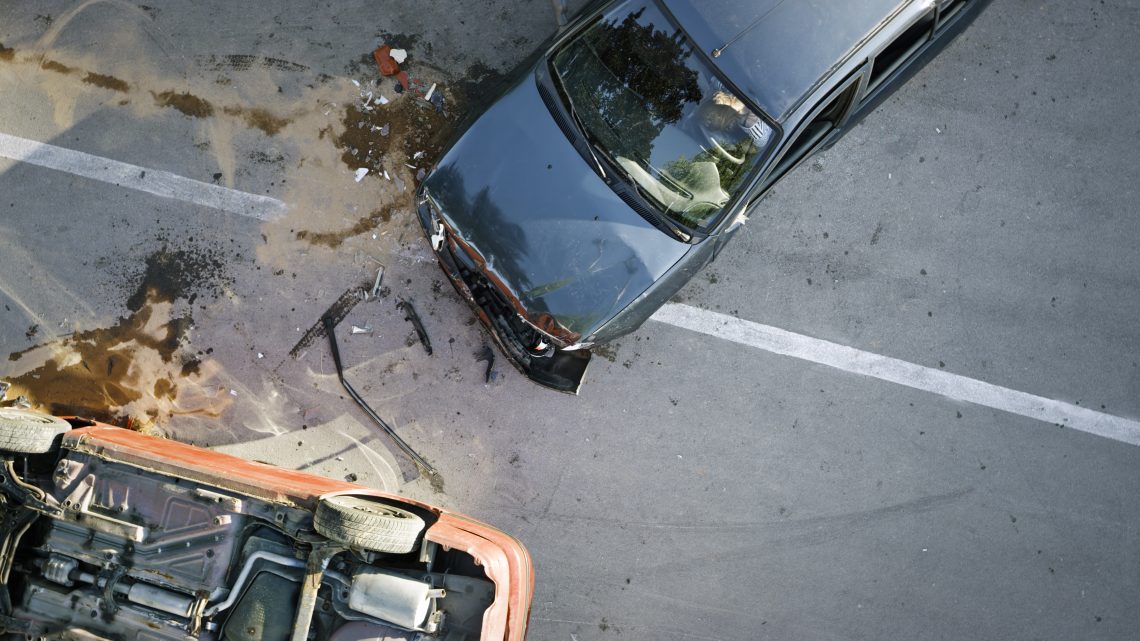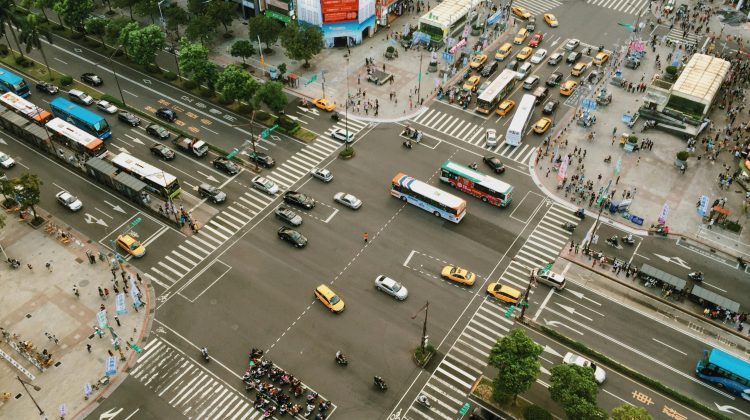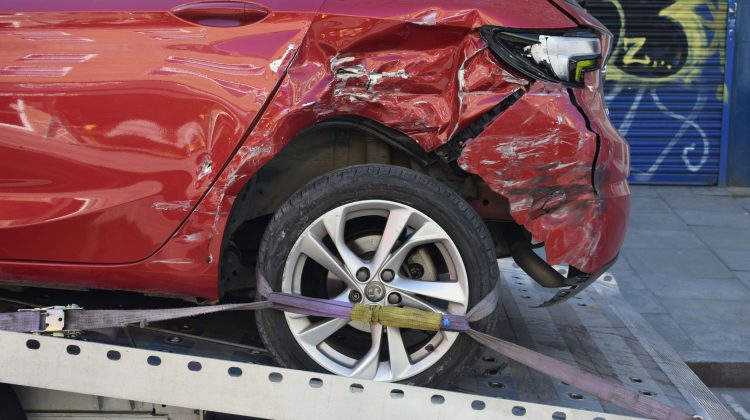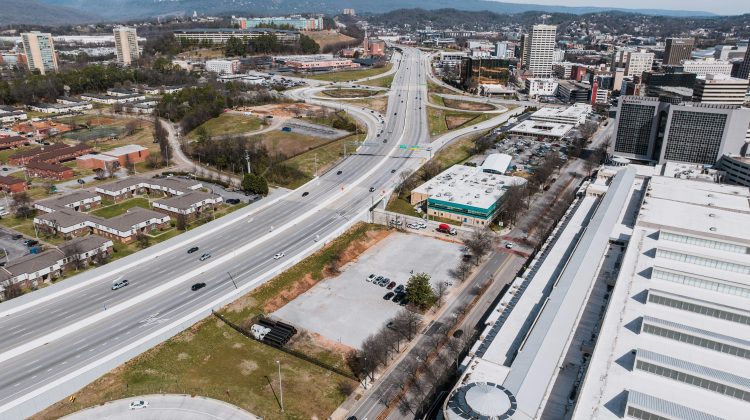Interstate 5 (I-5) is one of the most critical highways in Washington State, spanning from the Canadian border in the north to the Oregon border in the south. While it serves as a major artery for commuters, freight transportation, and travelers, a recent study by Seattle Injury Law has identified several stretches as among the most dangerous in the state. The study, which analyzed the deadliest 10-mile road stretches in Washington State over a five-year period, found that seven of the ten most fatal segments were located on I-5. Though accidents are unfortunately common on busy highways like I-5, what makes this route particularly dangerous? In this article, we’ll pinpoint a few key reasons why Washingtonians should remain extra cautious next time they’re traveling along one of the state’s most dangerous highways.
High Traffic Volume and Congestion
One of the biggest factors behind the dangers of I-5 is its heavy traffic volume and persistent congestion. The highway runs through densely populated areas such as Seattle, Tacoma, and Olympia, where traffic jams are a daily occurrence. During rush hour, traffic slows significantly in these areas, creating ideal conditions for rear-end and chain-reaction crashes as drivers have less time to react and stop safely. The combination of heavy, stop-and-go traffic and frequent construction on I-5 can also heighten driver frustration, leading some motorists to engage in risky behaviors such as tailgating, weaving between lanes, and abrupt braking–all of which significantly increase the likelihood of collisions.
Mixed Vehicle Types
I-5 is a major route for commercial trucks, delivery vehicles, and passenger cars, creating a dangerous mix of traffic on the roads. Large trucks require significantly more time and distance to stop, and their large blind spots make it difficult for truck drivers to see smaller passenger vehicles on the road. When combined with high speeds, frequent lane changes, and narrow merging areas, this makes for a particularly dangerous drive.
Road Design
Another factor contributing to I-5’s high accident rate is aging road design and ongoing maintenance challenges. Many sections of I-5 were built decades ago and were not designed to accommodate modern traffic volumes. Narrow lanes, short merging areas, pot holes, worn out lane markings, and limited shoulder space can make it difficult for drivers to navigate safely. Additionally, the constant repairs on I-5 can result in temporary lane shifts and reduced speed limits, making work zone crashes unfortunately common.
Weather Conditions
Washington is known for its unpredictable weather, which can include heavy rain, fog, and even snow during the winter months. Wet and slick roads reduce traction, making it difficult for drivers to maintain control and stop quickly. Additionally, foggy conditions along certain stretches of I-5 can severely reduce visibility, creating dangerous situations if there are any hazards or stalled vehicles on the road.
Human Error
While external factors such as road and weather conditions play a dominant role in making I-5 dangerous, the impact of human error should not be overlooked. Speeding, distracted driving, and impaired driving are among the top contributing factors. These behaviors, combined with the aforementioned external factors, are a breeding ground for serious accidents on I-5.





No Comment